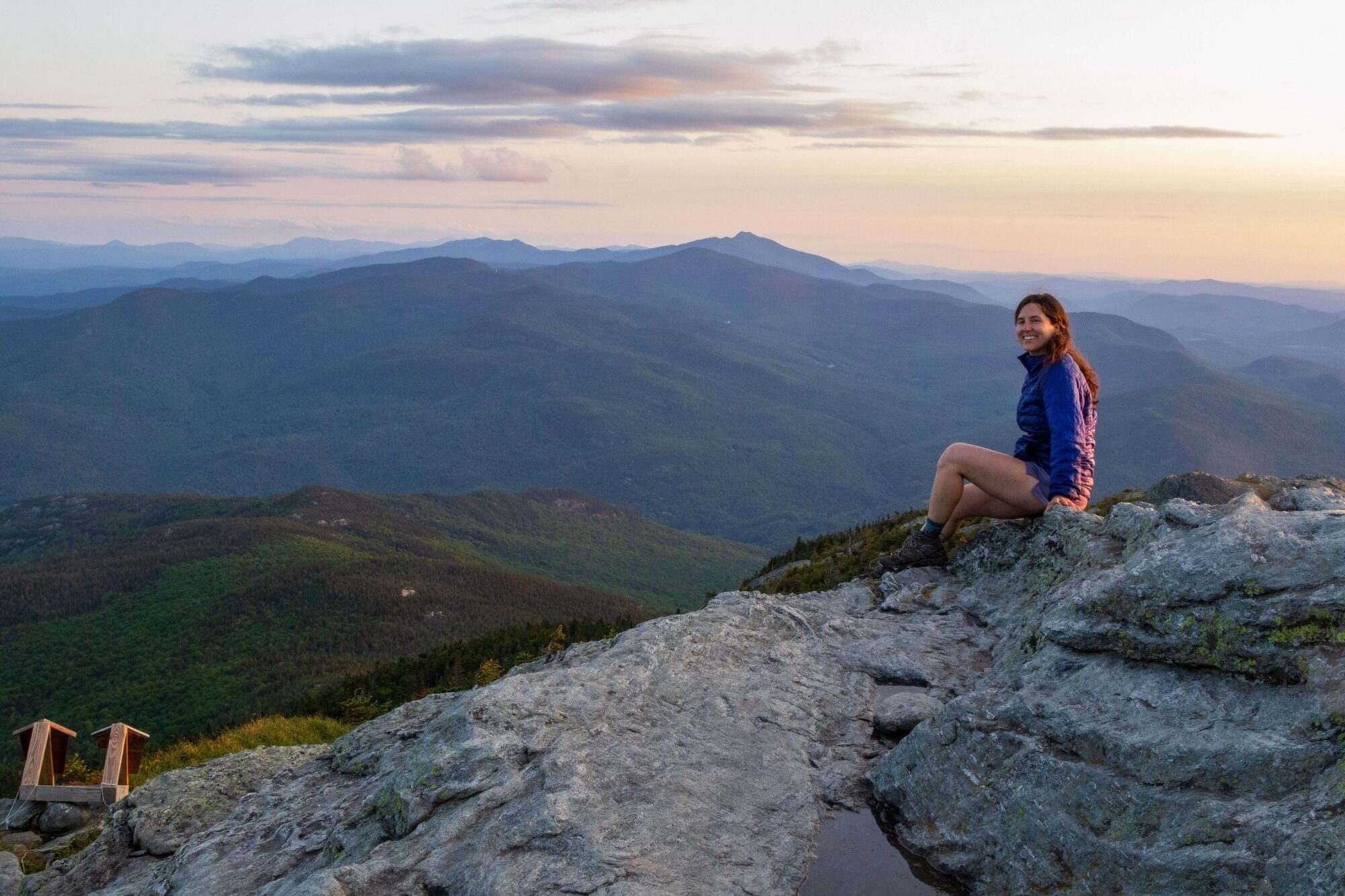Secrets Of Vermont’s Camel’s Hump Stone Alignments

Have you ever heard of the Camel's Hump Stone Alignments in Vermont? These mysterious rock formations have puzzled visitors and locals alike for years. Nestled in the Green Mountains, Camel's Hump offers more than just stunning views and hiking trails. The stone alignments, believed to be ancient, add an air of mystery to this already captivating location. Some think they were created by Native Americans, while others believe they have a more recent origin. Whether you're a history buff, a nature lover, or just curious, the Camel's Hump Stone Alignments are worth a visit. Ready to uncover their secrets?
Mysteries of Camel's Hump Stone Alignments
Camel's Hump, one of Vermont's most iconic peaks, holds more than just scenic beauty. Hidden within its rugged terrain are mysterious stone alignments that have puzzled historians, archaeologists, and hikers alike. These alignments, often overlooked by casual visitors, offer a glimpse into the past and spark curiosity about their origins and purposes.
Historical Significance
The stone alignments on Camel's Hump are not just random piles of rocks. They carry historical significance that dates back centuries. Some believe these structures were created by Native American tribes, while others think they might be remnants of early European settlers.
Ancient Pathways: Some alignments appear to mark ancient pathways used by Native Americans for travel and trade. These paths often lead to water sources or other significant landmarks.
Ceremonial Sites: Certain stone arrangements suggest they were used for ceremonial purposes. These sites might have been places of worship or gatherings for important tribal events.
Colonial Boundaries: During the colonial period, settlers often used stone markers to delineate property boundaries. Some alignments on Camel's Hump could be remnants of these early land divisions.
Geological Wonders
Beyond their historical context, the stone alignments also showcase fascinating geological features. The natural landscape of Camel's Hump has played a crucial role in shaping these formations.
Glacial Deposits: Many of the stones used in the alignments are believed to be glacial deposits left behind during the last Ice Age. These rocks were transported and deposited by moving glaciers, creating a unique geological landscape.
Erosion Patterns: Over time, natural erosion has altered the appearance of the stone alignments. Wind, water, and weather have all contributed to the current state of these formations, adding to their mystique.
Rock Formations: Some alignments are part of larger rock formations that have been naturally sculpted by geological processes. These formations provide a stunning backdrop to the stone alignments and add to their allure.
Hiking Trails and Exploration
For those eager to explore these enigmatic stone alignments, several hiking trails on Camel's Hump offer access to these hidden gems. Each trail provides a unique perspective on the alignments and the surrounding landscape.
Burrows Trail: This popular trail offers a moderate hike with stunning views of the stone alignments along the way. Hikers can enjoy the natural beauty of the area while pondering the mysteries of the alignments.
Forest City Trail: A more challenging route, the Forest City Trail takes hikers through dense forests and rocky terrain. Along the way, explorers will encounter several intriguing stone formations.
Long Trail: As the oldest long-distance hiking trail in the United States, the Long Trail passes through Camel's Hump and offers access to some of the most impressive stone alignments. This trail provides a comprehensive experience of the area's natural and historical wonders.
Local Legends and Folklore
The stone alignments on Camel's Hump have also inspired numerous local legends and folklore. These stories add an element of mystery and intrigue to the already fascinating formations.
Haunted Stones: Some locals believe that certain stone alignments are haunted by spirits of the past. These tales often involve ghostly apparitions and unexplained phenomena.
Hidden Treasures: Legends of hidden treasures buried beneath the stone alignments have persisted for generations. Treasure hunters and adventurers have long sought to uncover these mythical riches.
Ancient Guardians: Folklore suggests that the stone alignments were created by ancient guardians to protect the land. These guardians are said to watch over the area, ensuring its safety and preservation.
Conservation Efforts
Preserving the stone alignments on Camel's Hump is crucial for maintaining their historical and cultural significance. Conservation efforts aim to protect these formations from natural and human-induced threats.
Trail Maintenance: Regular maintenance of hiking trails helps prevent erosion and damage to the stone alignments. Volunteers and park rangers work tirelessly to keep the trails in good condition.
Educational Programs: Educational programs and guided tours raise awareness about the importance of preserving the stone alignments. These initiatives help visitors understand the historical and cultural value of the formations.
Research and Documentation: Ongoing research and documentation efforts aim to uncover more information about the stone alignments. By studying these formations, researchers hope to gain a deeper understanding of their origins and significance.
Embracing the Mystery of Camel's Hump
Camel's Hump stone alignments remain one of Vermont's most intriguing secrets. These formations, whether ancient markers or natural wonders, captivate visitors and spark curiosity. Exploring these alignments offers a unique blend of history, nature, and mystery, making it a must-visit for adventurers and history buffs alike.
Hiking the trails around Camel's Hump provides breathtaking views and a chance to ponder the origins of these stone structures. The journey through lush forests and rugged terrain adds to the allure, creating an unforgettable experience.
Whether you're a seasoned hiker or a casual explorer, Camel's Hump invites you to uncover its secrets. The stone alignments stand as silent witnesses to the past, urging us to appreciate the beauty and mystery of our world. So, lace up your boots, grab your map, and set out on an adventure to Vermont's Camel's Hump.

